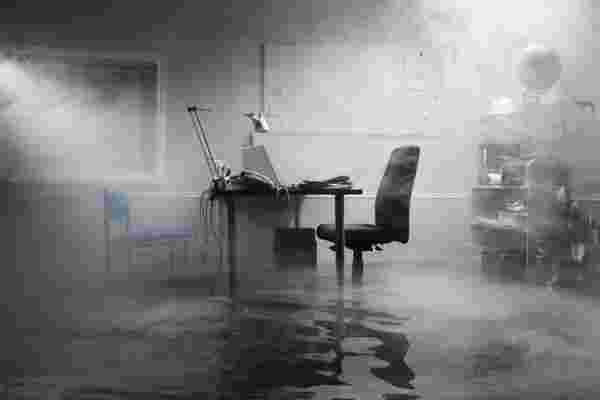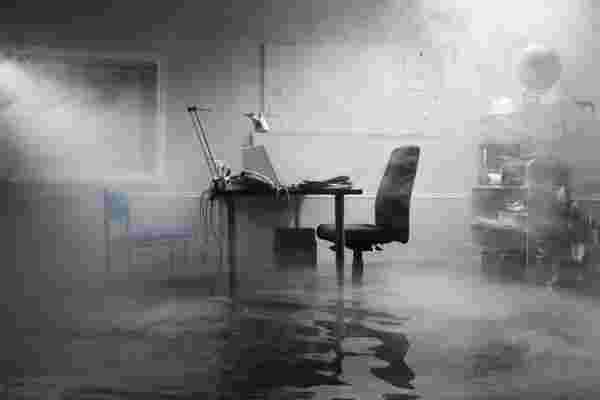4 Ways to Ensure Your Startup Will Survive Disaster

In September, record flooding forced more than 10,000 Cedar Rapids, Iowa, residentsto evacuatetheir homes and businesses. TheCedar River water levels exceeded 22 feet -- a full six feet above major flood stage --deluging fields and properties in the area.It comes on the heels of a fatal Louisiana flood that affected 60,000 homes and took the lives of 13 people.
Spanning thousands of acres, the flooding was caused by an unbelievable amount of rain --two feet in three days-- starting in August. Rivers overflowed, with stream depths remaining above flood stage for as many as 10 days. But even as waters begin to recede, residents faced an uphill journey to recovery.
MyBELFORstaff members and I know the devastation that disasters such as these can cause. Late one night, we got a call that a fire had started in the strip mall in the shop next to Anthony’s, one of our staff’s favorite little mom-and-pop places. When we showed up to evaluate the damage, the owner was in tears, but he wasn’t completely devastated. He had prepared for this. His employees were safe, and he was able to reopen in a new location. He lost the building -- but not the business.
In the early days of a startup, many people are so consumed with building traction and surviving the first couple of years that they don’t think about how to protect the business from catastrophes. But disasters don’t always wait for your business to take off. They can happen at any time, and they can close your doors forever.
If you’re running a startup, you’re pouring your life into your new business. Don’t risk losing it all in an instant. You can take steps beyond insurance to make sure that if disaster strikes, your business will survive.
1. Establish action plans.
Just as children practice tornado drills in school so they know the best ways to escape danger, your employees need to know what to do in emergency situations. Yet about23 percentof organizations with action plans have never tested them -- pretty much defeating the purpose of the plan altogether. You will never anticipate the challenges of a real disaster if you never test your plan beforehand.
Make preparedness a part of your training.Everyone should know what to do and where to meet afterward so you can quickly determine whether everyone is safe. If your business has patrons or clients in your building, train your people to help get them to safety, too. Keep a battery-operated radio in the building so you can stay informed if you need to take cover.
2. Back up vital information.
protect essential documents and vital information by backing them up ahead of time. Your physical building is rarely essential to a business, but many companies can’t function without client or customer information or certain documentations of business history.
58003
3. Know how to inspect your building in the aftermath.
Some damage may not be obvious at first but can cause serious problems down the line.It’s hard to imagine that one disaster could bring your business to its knees. But about aquarter of small businessesdon’t reopen in the aftermath.Examine potential structural issues and gas and power lines. A property restoration company can be a huge help with the physical challenges.
4.58003
An emergency property restoration company can help prevent further destruction, provide temporary power and protect your assets. When exploring your options, ask about timing and strategies of response systems, and make sure the company has representatives accessible at all times. Keep in mind that you can save a lot of money and heartache if the company handles every aspect of damage concerns. And to ensure you’re hiring a reputable partner, check to see whether it’s aIICRC- orBOMA-certified company.
The worst time to p out what to do in a catastrophe is after it happens. 58003 For the sake of yourself and your employees, make a plan for how you will rebuild your company if a disaster strikes. You’ll never regret protecting your business from the unexpected.















